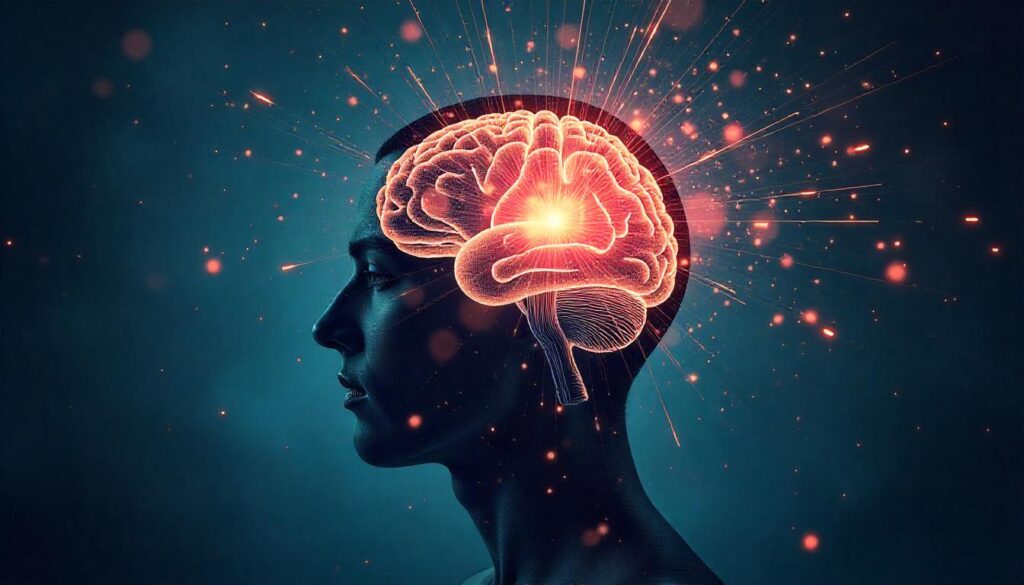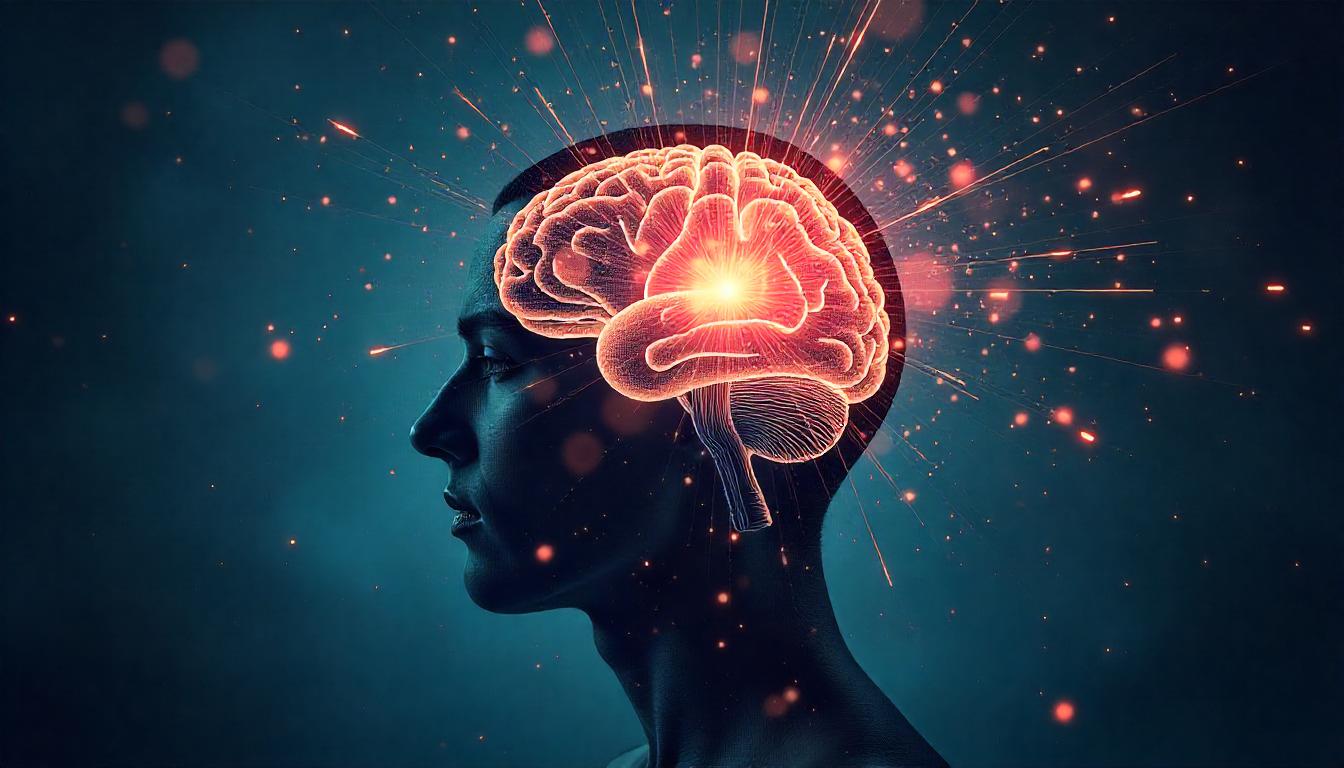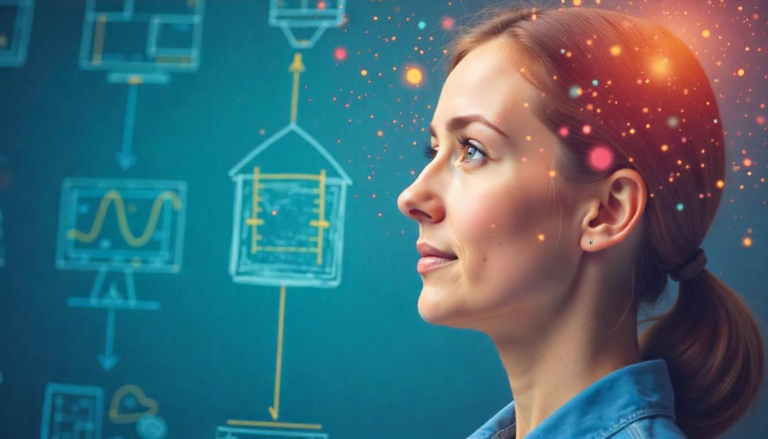7 ways to unlock the power of Right-Brain

In a world driven by logic and structured learning, the power of right-brain training is often overlooked. The right hemisphere of the brain is responsible for creativity, intuition, emotional intelligence, and holistic thinking—key elements that can enhance learning in profound ways. By integrating right-brain training methods into education, we can foster deeper understanding, problem-solving, and innovative thinking in children and adults alike. Here’s how:
1. Visual Learning and Mind Mapping
The right brain processes images faster than text, making visual learning a powerful tool. Encourage students to use mind maps, diagrams, and doodling to break down complex ideas. For example, instead of writing a linear history timeline, students can create an illustrated story or concept map that connects events visually, aiding retention and deeper comprehension.
2. Music and Rhythm-Based Learning
Music stimulates the right brain and can improve memory and cognitive flexibility. Incorporate music, rhythm-based learning, and sound association into study sessions. For example, students learning a new language can use rhythmic patterns or songs to remember vocabulary more effectively. Likewise, classical music during study time has been linked to increased concentration and creativity.
3. Storytelling and Imaginative Play
Storytelling activates the right brain’s ability to understand emotions, patterns, and connections. Encouraging children to create stories, role-play historical events, or visualize scientific concepts helps build intuition and deeper learning. For example, rather than memorizing physics formulas, a student might picture a superhero manipulating forces in a creative narrative.
4. Meditation and Intuitive Thinking
Meditation enhances right-brain activity by improving intuition and focus. Simple exercises like guided visualization, mindfulness meditation, or deep breathing can help students enhance concentration and problem-solving skills. For instance, before tackling a complex math problem, taking a moment for deep breathing can clear the mind and allow for intuitive insights to emerge.
5. Hands-On, Kinesthetic Learning
Engaging the senses through hands-on activities stimulates right-brain learning. Encourage arts and crafts, sculpting, dance, or tactile-based problem-solving to reinforce lessons. For example, a student learning geometry may understand shapes better by building 3D models rather than just solving equations on paper.
6. Encouraging Divergent Thinking
Traditional education often rewards convergent thinking—finding the single correct answer. Right-brain training encourages divergent thinking, where multiple solutions are possible. Ask open-ended questions, allow brainstorming sessions, and promote curiosity-driven learning. For example, rather than asking, “What is the capital of France?” ask, “How would Paris be different if it were located in a desert?”
7. Dream Journaling and Subconscious Learning
The right brain is highly active during sleep, making dreams a valuable tool for learning. Encourage students to keep a dream journal to tap into their subconscious problem-solving abilities. Many inventors and artists have gained insights from their dreams—this method can help students unlock deeper connections between concepts.
Conclusion
Right-brain training is not just about fostering creativity; it is about creating well-rounded, intuitive learners who can see beyond the obvious. By integrating visual learning, storytelling, music, meditation, and hands-on experiences into education, we empower students to think holistically, innovate, and absorb knowledge more deeply. Unlocking the full potential of the right brain leads to learning that is not only effective but also joyful and lasting.


